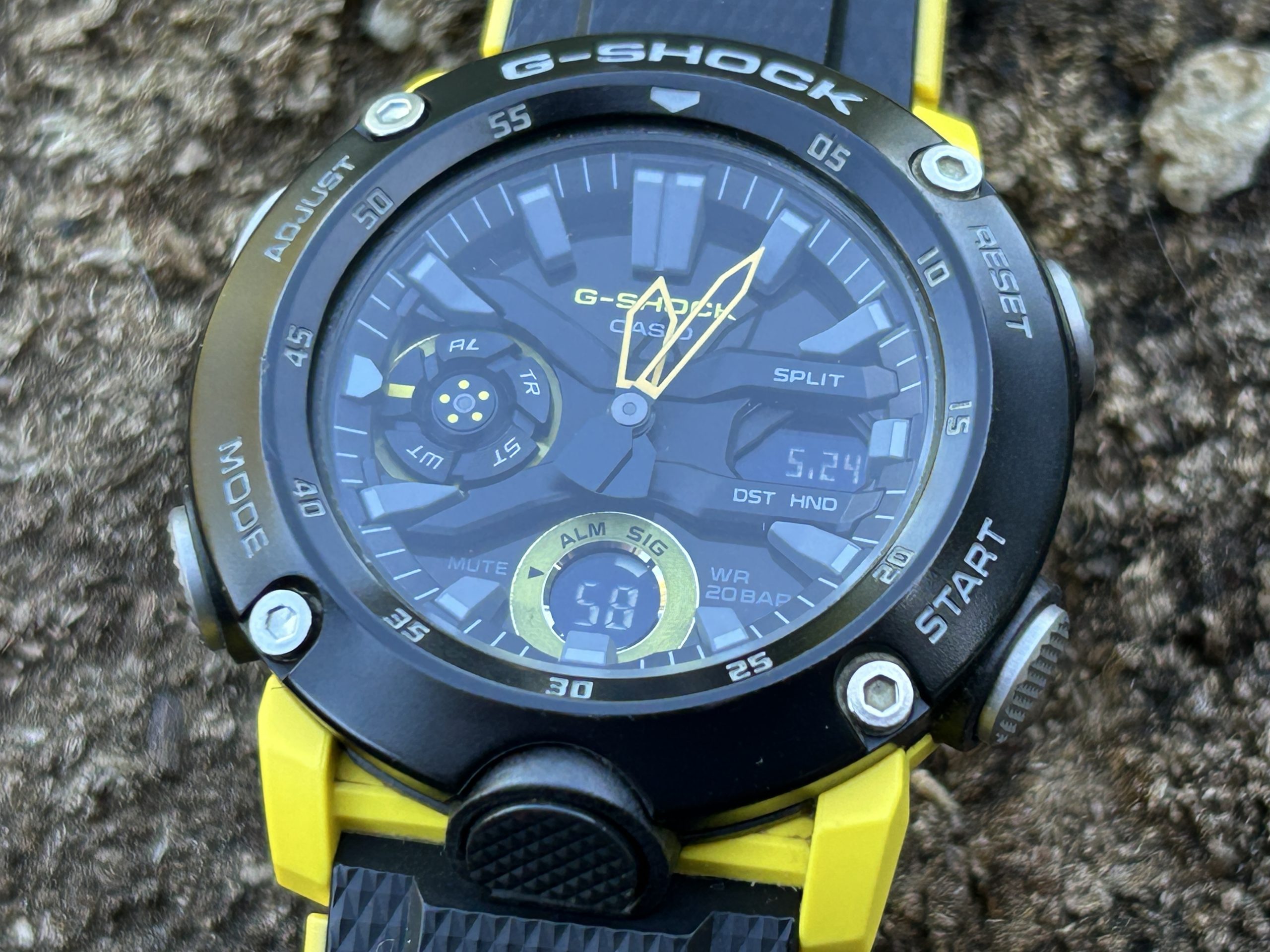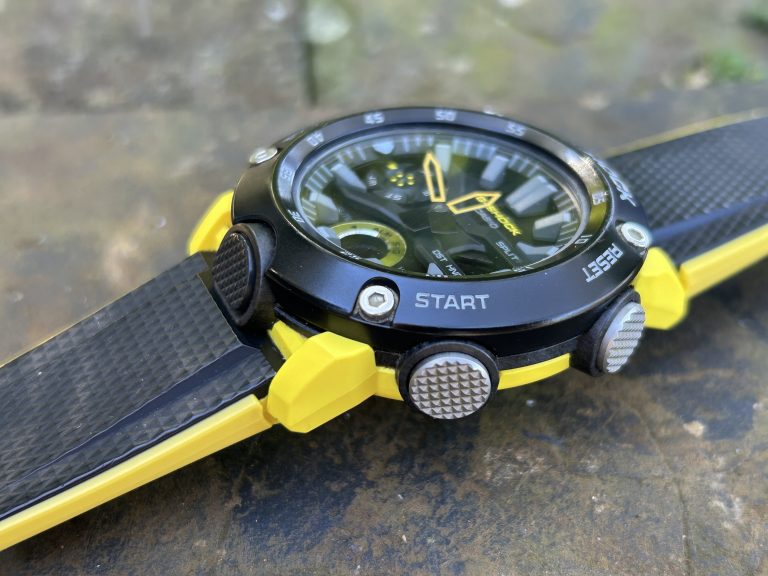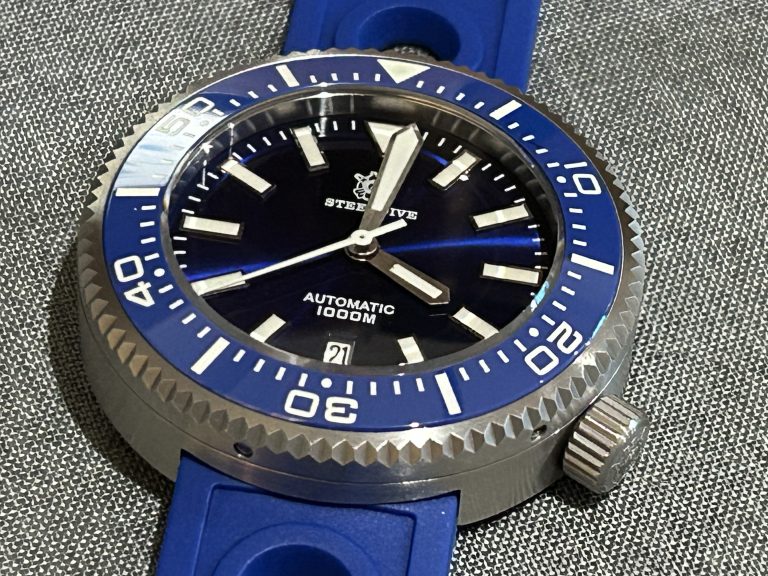Why I Switched from Smartwatches Back to Traditional Mechanical Watches

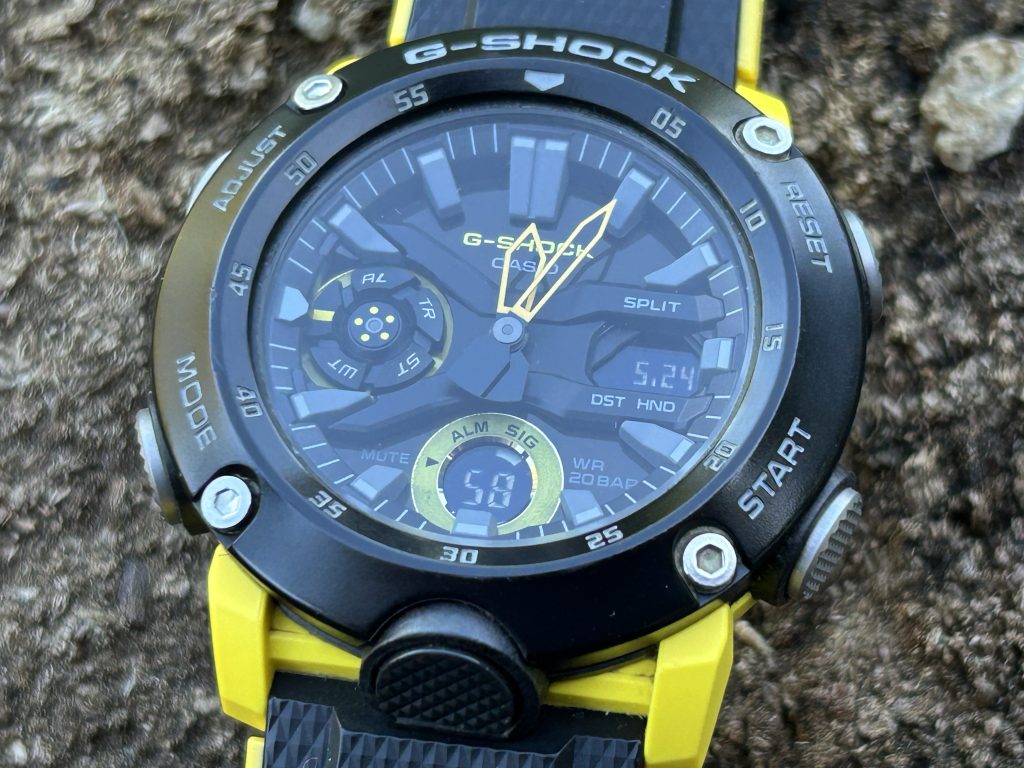
The Digital Seduction
There was a time not too long ago, when I was completely enamored with smartwatches. The moment they hit the market, I was an early adopter. It made perfect sense. I could read messages, track my heart rate, check the weather, log my steps, even monitor my sleep all from my wrist. It felt like stepping into the future.
From the Apple Watch to the Garmin and Samsung variants, I tried them all. Each new generation brought better sensors, brighter screens, smarter features. I became addicted to “closing my rings,” monitoring my VO₂ max, and feeling the silent tap of a notification before even hearing my phone buzz. There was a certain power in it.
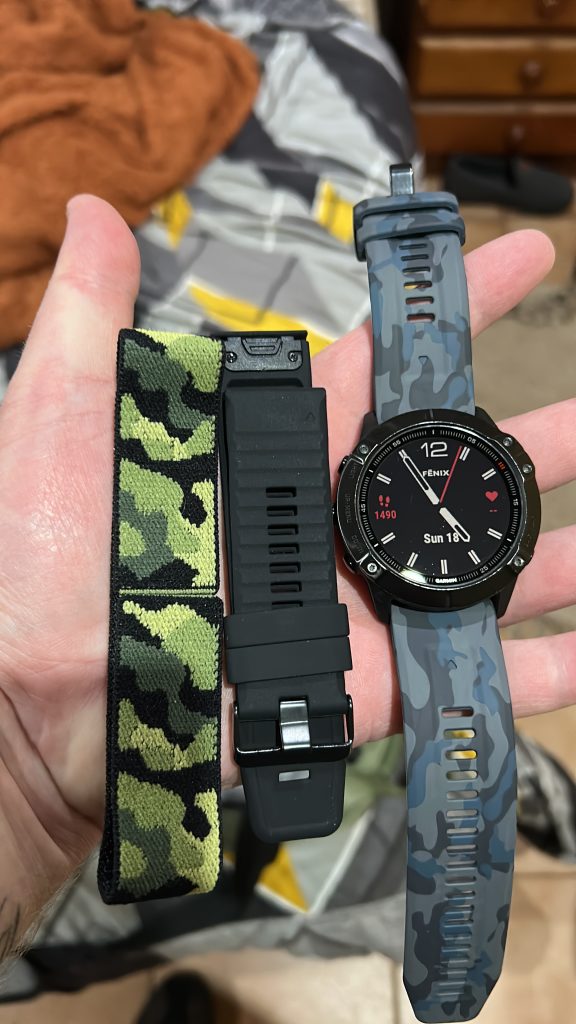
But, slowly and subtly, the magic began to wear off.
What I Missed Without Realizing
There’s something oddly exhausting about being connected all the time. The smartwatch, by its very nature, thrives on constant alerts. Even when I turned notifications off, I found myself compulsively glancing at my wrist, not to tell the time, but to check if there was something I needed to respond to.
The watch stopped being a passive timekeeper and became a constant digital nudge. I missed the simplicity of just checking the time without being dragged into an app, or down a digital rabbit hole.
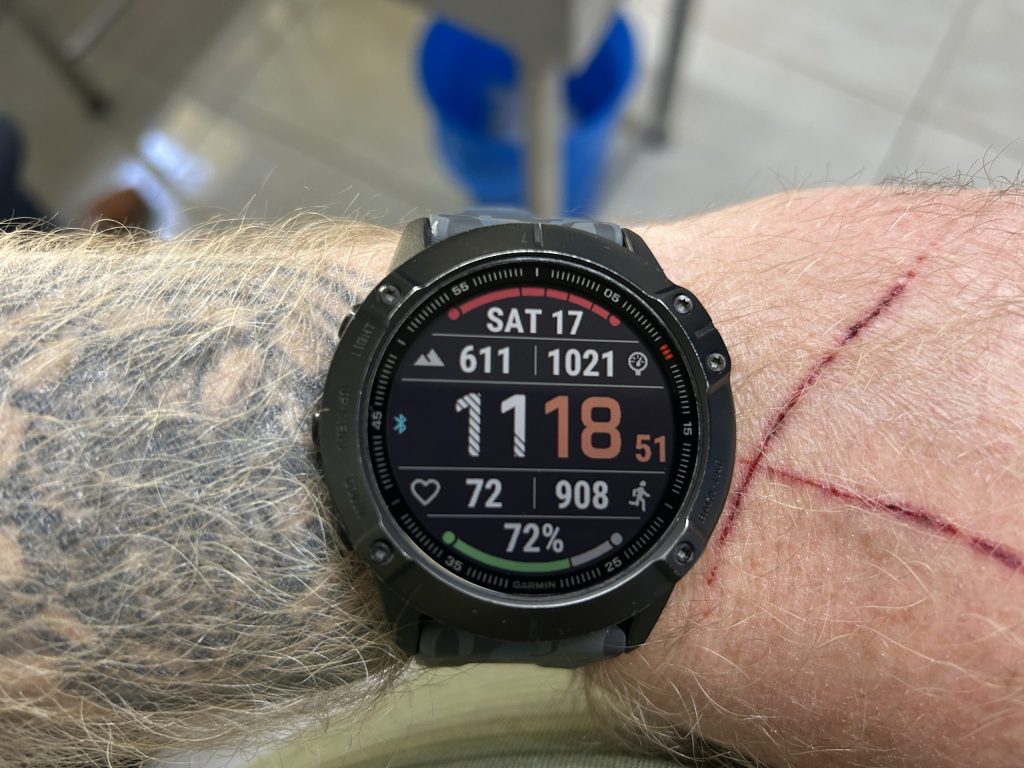
And then there was the aesthetic. Smartwatches are sleek, but let’s be honest, they all kind of look the same. Black square or round faces, silicone straps, and utilitarian design. Wearing them felt like wearing a mini computer, not a personal statement. I missed the character, the craftsmanship, and the soul of traditional mechanical watches.
The Benefits of Smartwatches
To be fair, smartwatches aren’t inherently bad. In fact, they’re marvels of modern engineering. Some clear benefits include:
- Health & Fitness Tracking: Continuous heart rate monitoring, GPS tracking, step counts, workout logging, even blood oxygen and ECG in newer models.
- Convenience: Quick access to texts, calls, calendar reminders, timers, and even digital payments.
- Customizability: Interchangeable faces, straps, and settings to tailor the experience.
- Integration: Seamless connectivity with smartphones, smart home devices, and health apps.
For people focused on health goals or those who thrive on data, a smartwatch is a brilliant companion. It provides accountability and immediate feedback. For a season, that was exactly what I needed.
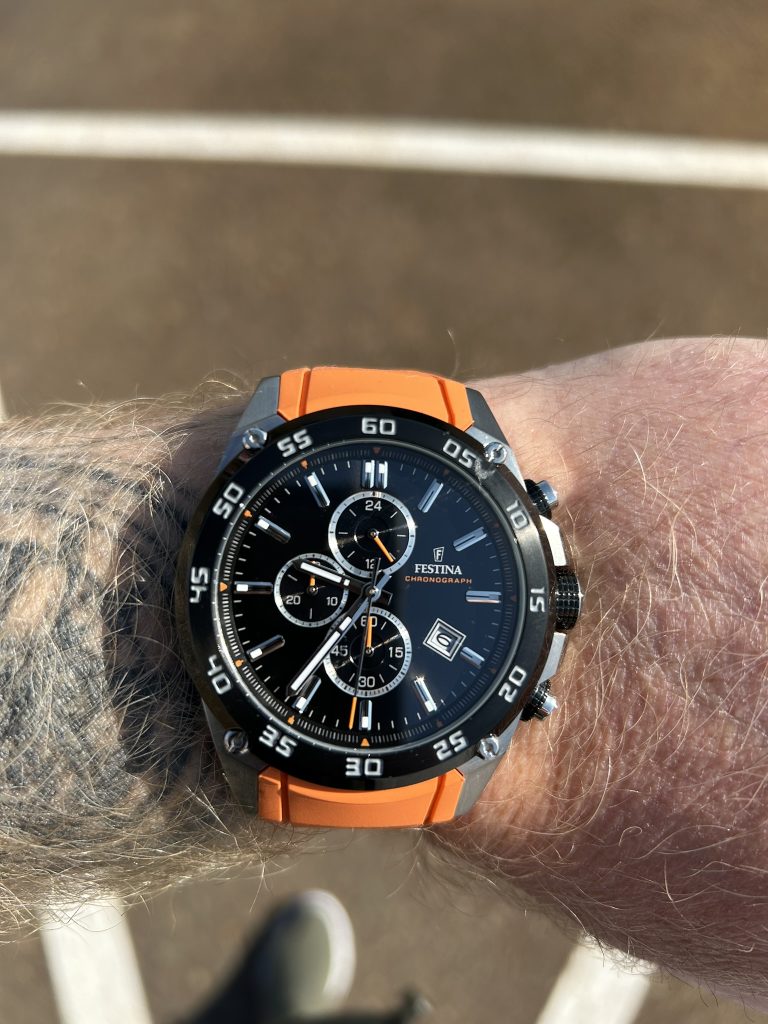
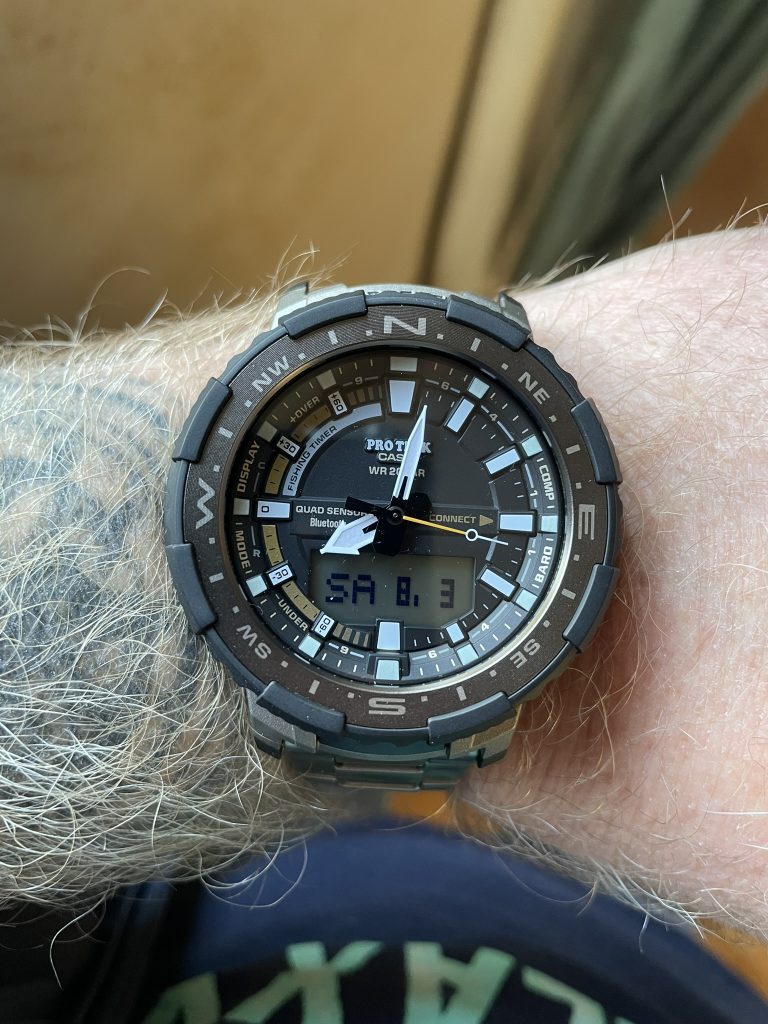
Rediscovering Mechanical Watches
Then one day, I dusted off an old Seiko automatic I had received as a gift years ago. I wore it out of nostalgia, but something clicked, literally and metaphorically.
There was a weight to it. A rhythm. A heartbeat. Unlike a smartwatch that dies without a charge, this watch pulsed with life through my motion. No screen to light up. No push notifications. Just a quiet, ticking reminder of time’s passage.
Wearing it changed how I interacted with time. I wasn’t counting steps or checking messages. I was present. A watch no longer demanded my attention. It simply offered it.

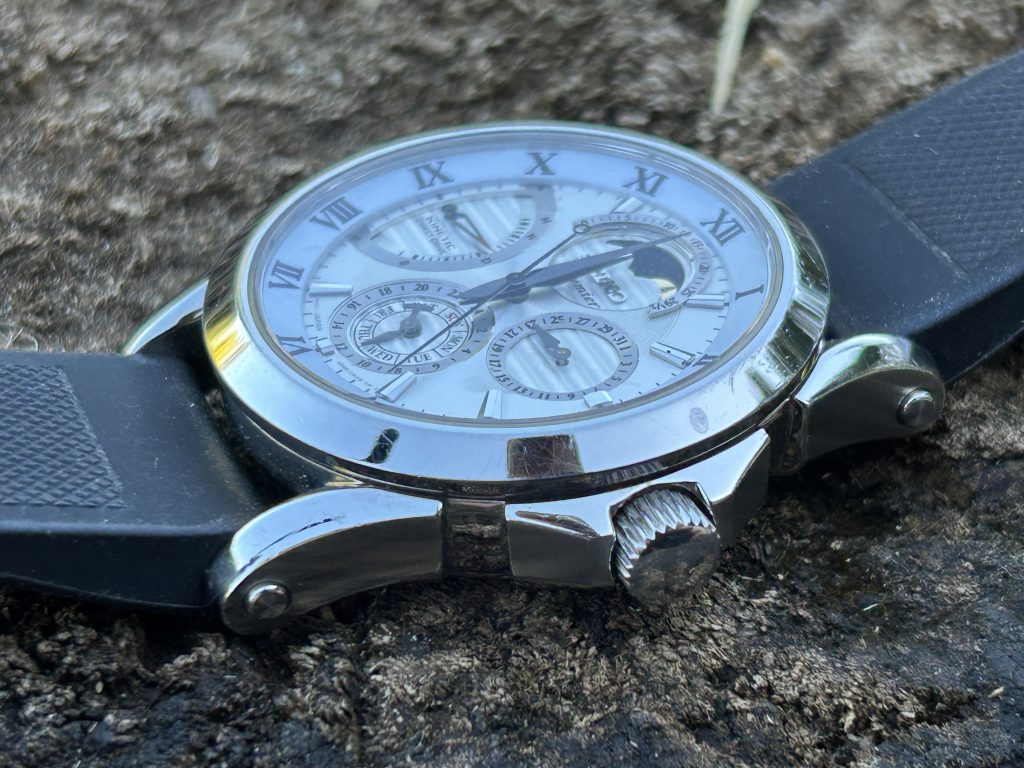
Mechanical watches bring:
- Craftsmanship: Intricate movements, often assembled by hand, that reflect centuries of horological evolution.
- Aesthetics: Unique designs, dials, and complications that tell stories far beyond the time of day.
- Longevity: Properly maintained, a good mechanical watch can last generations—something no smartwatch can promise.
- Emotion: There’s a connection between a wearer and a mechanical watch. Whether it’s a family heirloom or a personal milestone, it becomes more than a tool, it becomes part of your narrative.
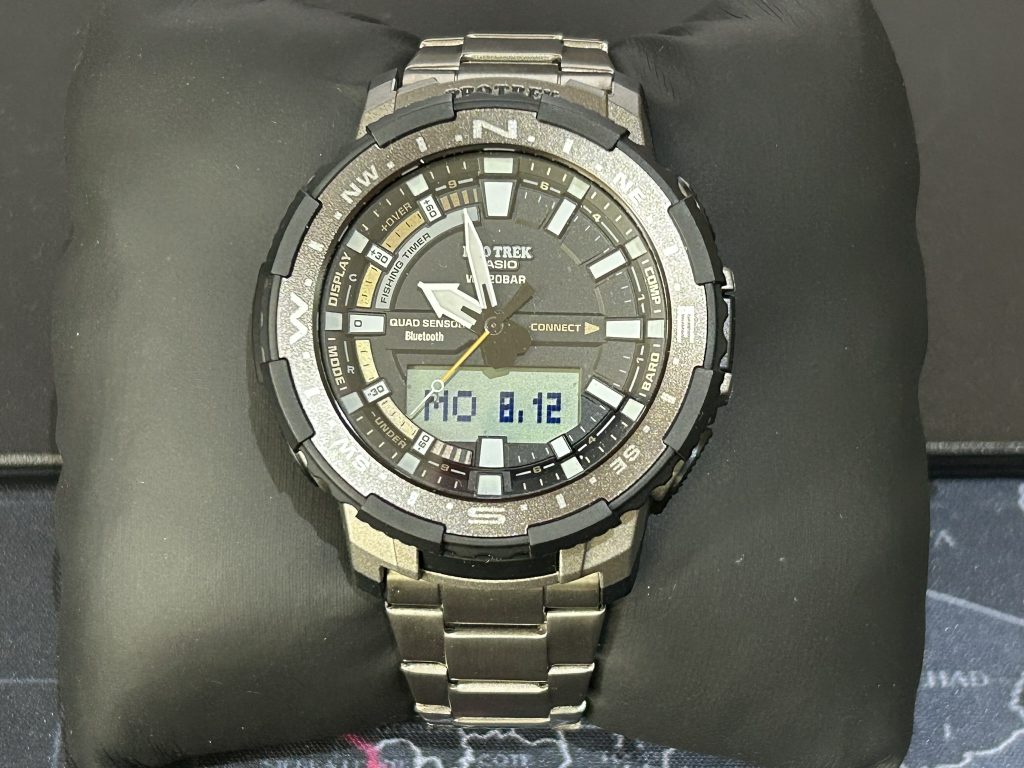
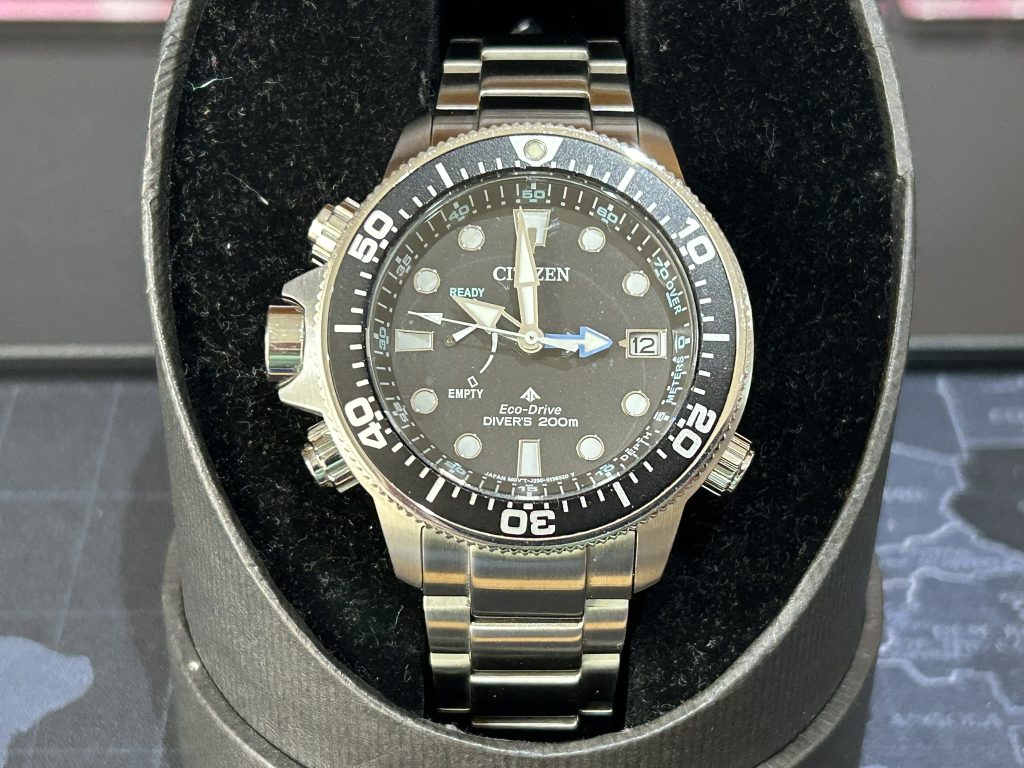
Why I Made the Switch Back
So why did I finally make the full switch back to mechanical watches?
Because I no longer wanted my wrist to be another screen.
I wanted the ritual of winding a watch. The appreciation of analog beauty. The joy of disconnecting without feeling unproductive. In many ways, switching back wasn’t just about timepieces, it was about reclaiming how I relate to time itself.
Now, I wear a watch not to stay connected, but to stay grounded. It’s a quiet rebellion against the always-on culture. A return to tactile precision in a world obsessed with digital perfection.
Sure, I still use a smartwatch occasionally for workouts or hikes. But for everyday wear? A mechanical watch wins, every time. It tells more than time. It tells a story.
And in this fast-moving world of Information technology, that’s something I never want to lose again.

